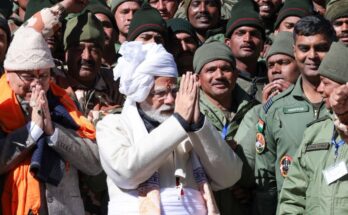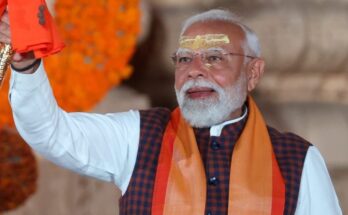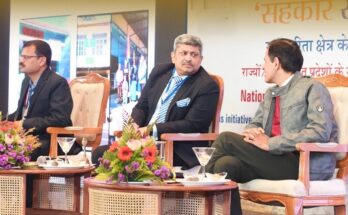India’s per capita media and entertainment spending will be capped at a mere 32 dollars by 2021 compared to 222 dollars in China and 2,260 dollars in the United States, according to an ASSOCHAM-PwC joint study.
India is one of the fastest growing entertainment and media territories in the world, with a CAGR of 11.7 per cent from 2017 to 2022, growing from 30,363.72 million USD (19,78,045 million INR) in 2017 to 52,683.15 million USD (34,32,044 million INR) in 2022.
It is set to be in the top 10 entertainment and media markets globally by 2021 in terms of absolute numbers, noted ASSOCHAM-PwC joint study on ‘Video on Demand: Entertainment reimagined’.
India’s per capita media and entertainment spend will be capped at 32 USD (2,080 INR) by 2021 as nominal GDP per capita reaches 2,560 USD (1,66,400 INR) for the projected year. The spend is much lower than that of China, which will stand at 222 USD (14,430 INR) for the same period, and that of the USA, which will have the highest spend at 2,260 USD (1,46,900 INR).
According to joint study, SVOD and TVOD will collectively grow from 296.69 million USD (19,328 million INR) in 2017 to 823.25 million USD (53,630 million INR) in 2022 at a CAGR of 22.6 per cent, with SVOD holding a majority share throughout the projected period.
With multiple platforms to choose from, consumers are spoilt for choice. However, OTT platforms do not just compete amongst themselves, but also with DTH players. In recent times, there have been new opportunities or areas of growth for VoD services.
With increasing traffic in metro cities, the time spent on viewing videos is also on the rise. Cab aggregators have installed tablets inside their cabs with a wide range of curated content for passengers at no additional cost, noted the joint study.
Globally, the OTT landscape is projected to grow at 10.1% from a base of 36,021.11 million USD (23,46,595 million INR) in 2017 to 58,369.29 million (3,802,467 million INR) in 2022. The VoD market is well established in many markets such as the USA.
Though the USA will remain the largest OTT market globally over the next 5 years, strong growth rates in SVOD platforms globally will reduce its dominance. Cord cutting has been slower than expected, but it is still happening at a much faster rate than in countries like India. In markets like the USA, Internet usage to access television content has increased drastically.
However, consumers are also increasingly overwhelmed by the sheer proliferation of available services. On the other hand, the relative lack of pay TV options is comforting for the OTT industry as more and more consumers get inclined towards bundled services.
In developing markets like India, television and OTT will continue to coexist in the near future, with television continuing to hold the larger piece of the pie. Although cord cutting is far from becoming a widespread phenomenon in the country, OTT services will ride on the cord-never audience as the majority of the country’s population is under the age of 35.
The coming generations would directly get hooked to VoD as opposed to previous generations, which started with television as the main source of entertainment.
While in developed countries like the USA, a majority of VoD consumers access paid content through the largest player, Netflix, in India, Hotstar leads the market, with a majority of its viewers coming onto the platform to watch content for free. India’s immediate neighbour China is the second largest OTT market in the world.




